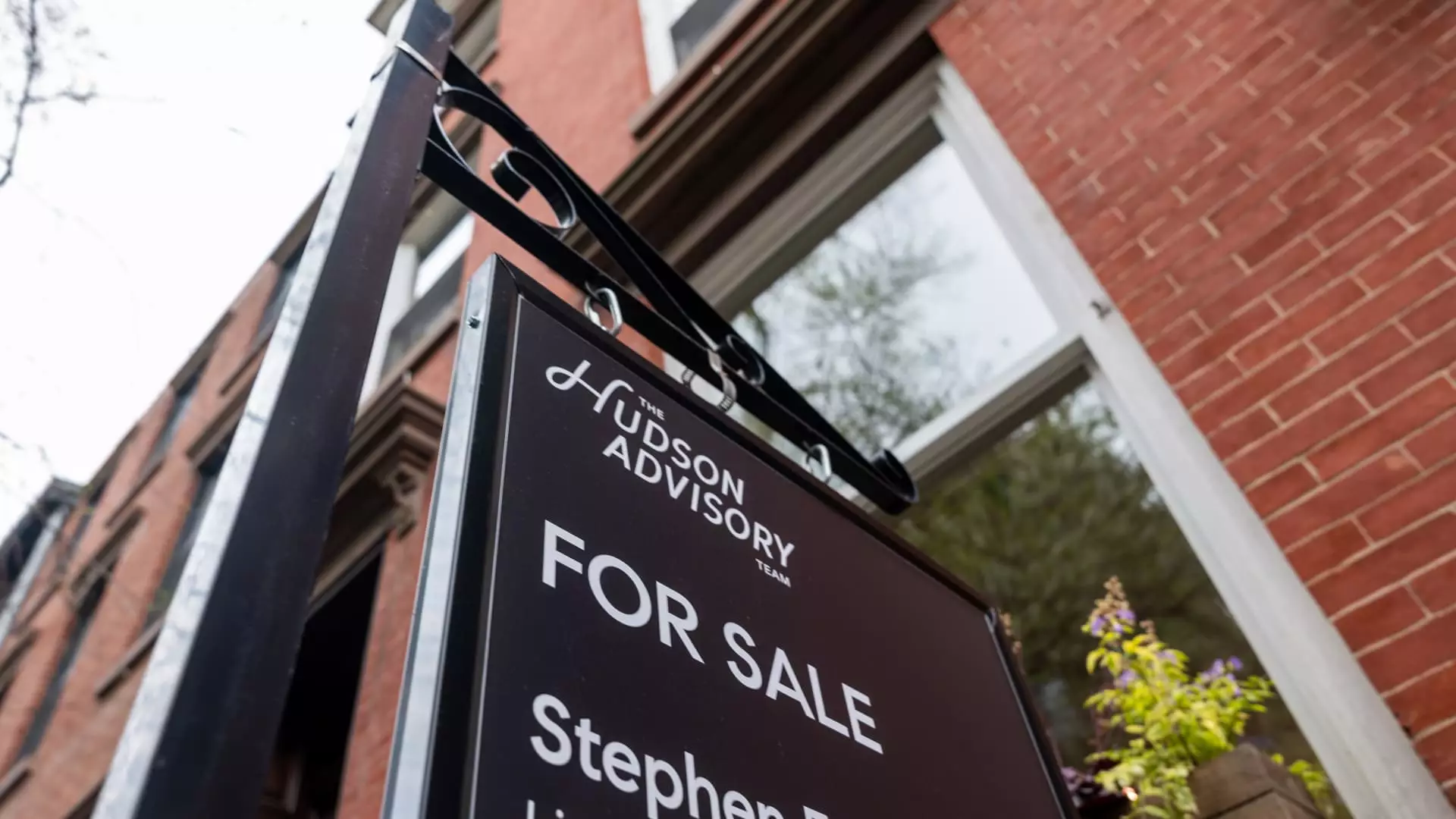In a disconcerting twist for homebuyers, the average rate on a 30-year fixed mortgage has surged to 7.1%, marking a staggering 13 basis-point increase in just one day. This unsettling spike is not just a number; it reflects a volatile economic landscape that feels increasingly unpredictable. As we find ourselves on this financial roller coaster, it’s crucial to delve deeper into what factors are propelling these rates higher and how they impact everyday Americans.
The Tariff Tango and Its Economic Consequences
Recently, President Trump’s implementation of new tariffs has added fuel to the fire. Introduced as a mechanism to protect American jobs and industries, these tariffs have inadvertently resulted in higher bond yields, thereby directly influencing mortgage rates. Let’s not forget that while the administration hastily lowered tariff rates for most countries, the levies on Chinese imports still stand alarmingly high at 145%. The specter of trade wars looms larger than ever, and it is the consumer who ultimately bears the brunt of such policy decisions. Higher tariffs mean higher costs for goods, which can lead to increased inflation—exactly the scenario that seems to be unfurling.
Inflation: The Uninvited Guest at the Housing Market Party
Compounding this issue is the recent uptick in inflation, which has now jumped from 5% in March to an eyebrow-raising 6.7% by April—the highest rate since 1981. For many consumers, this surge represents not just an economic indicator, but a chilling reality check. As many venture into the spring housing market, a season typically characterized by optimism and opportunity, the dampening weight of soaring mortgage rates can induce a profound sense of unease. A home is often a person’s most substantial investment; seeing that investment become increasingly out of reach cultivates frustration and despair.
Historic Context: A Glimpse into Bond Market Turmoil
Interestingly, this tumultuous week for mortgage rates is arguably the worst witnessed since 1981, according to Matthew Graham from Mortgage News Daily. The sentiment surrounding this calamity is troubling; it encapsulates a broader narrative of economic instability. One must ask: Are we steeling ourselves for a protracted period of high mortgage rates? Or is this merely a passing storm in an otherwise unstable forecast? Either outcome leaves aspiring homeowners frantically navigating a labyrinthine economic landscape.
The Weight of Consumer Sentiment
To add to the already precarious situation, a recent consumer sentiment report revealed a staggering decline, coming in significantly lower than forecasts predicted. This drop suggests a pervasive anxiety among buyers, many of whom are now questioning the viability of homeownership amid rising costs and uncertain economic conditions. When the very notion of homeownership—a cornerstone of the American Dream—starts to feel unattainable, societal ramifications could be far-reaching.
The situation demands attention not merely as an economic event, but as a human one. How do everyday families react when faced with the clashing forces of political decisions, economic trends, and personal dreams? This is not simply about numbers; it’s about lives affected by the relentless march of economic forces, and the tightening grip they have on the most fundamental aspirations of citizens.

